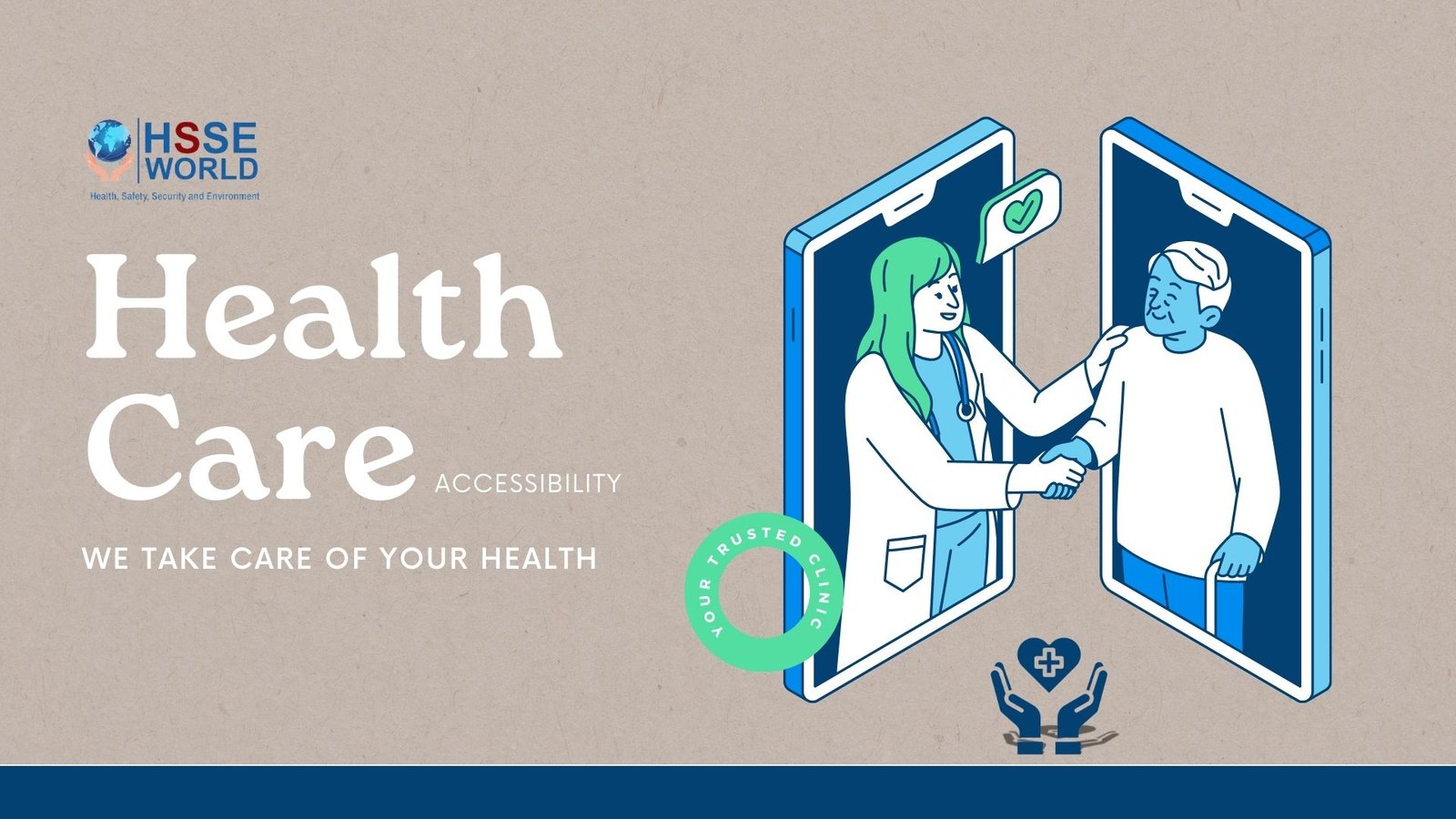Access to quality health care is a fundamental aspect of well-being, yet its availability can vary significantly across different cities in the United States. Factors such as healthcare infrastructure, insurance coverage, socio-economic disparities, and the distribution of medical facilities all play crucial roles in determining healthcare accessibility. In this comprehensive analysis, we examine how major U.S. cities fare in terms of healthcare accessibility and the initiatives they undertake to bridge gaps and improve overall health outcomes.

1. New York City, New York
New York City boasts a robust healthcare system with a vast network of hospitals, clinics, and specialized care facilities. Institutions like NYU Langone Health, Mount Sinai Health System, and NewYork-Presbyterian Hospital provide comprehensive healthcare services, ranging from routine check-ups to complex surgeries and specialized treatments. The city’s public health initiatives focus on reducing disparities in healthcare access, particularly among underserved communities in boroughs like the Bronx and Brooklyn.
2. Los Angeles, California
As the second-largest city in the U.S., Los Angeles offers diverse healthcare options through renowned institutions such as UCLA Health, Cedars-Sinai Medical Center, and Keck Medicine of USC. Healthcare accessibility in Los Angeles is supported by extensive community health centers and initiatives addressing health disparities among diverse populations, including efforts to improve access to mental health services and preventive care.
e-books-slip-trip-and-fall-prevention-for-healthcare-workers
3. Chicago, Illinois
Chicago’s healthcare landscape is characterized by leading academic medical centers like Northwestern Memorial Hospital and the University of Chicago Medical Center. The city emphasizes healthcare accessibility through neighborhood health clinics, public health programs targeting chronic diseases, and initiatives to address healthcare needs in under-resourced areas on the city’s South and West sides.
4. Houston, Texas
Houston’s Texas Medical Center, the largest medical complex globally, anchors the city’s reputation for healthcare excellence. Institutions like MD Anderson Cancer Center and Houston Methodist Hospital offer specialized care in oncology, cardiology, and transplant services. Healthcare accessibility in Houston is bolstered by collaborations with community health centres and efforts to improve health outcomes in diverse populations.
5. Philadelphia, Pennsylvania
Philadelphia is home to prestigious healthcare institutions such as the Hospital of the University of Pennsylvania and the Children’s Hospital of Philadelphia (CHOP). The city prioritizes healthcare accessibility through initiatives like Philadelphia’s Healthy Start program, which addresses maternal and child health disparities, and partnerships with local universities to expand primary care services in underserved neighbourhoods.
6. Phoenix, Arizona
Phoenix has seen rapid growth in healthcare facilities, with notable institutions including Mayo Clinic in Arizona and Banner Health. The city focuses on healthcare accessibility through telehealth initiatives, community health centers, and programs targeting chronic disease management and preventive care. Efforts are underway to expand healthcare services in rural areas and address healthcare disparities among minority populations.
7. Miami, Florida
Miami’s healthcare system is anchored by the University of Miami Health System and Jackson Memorial Hospital, providing specialized care in areas such as trauma, neurology, and cancer treatment. Healthcare accessibility initiatives in Miami include community outreach programs, partnerships with local health departments, and efforts to improve access to mental health services and substance abuse treatment.
8. Dallas, Texas
Dallas features prominent healthcare providers like UT Southwestern Medical Center and Baylor Scott & White Health, offering comprehensive healthcare services and specialized treatments. Healthcare accessibility efforts in Dallas include telehealth expansions, initiatives to address maternal and child health disparities, and partnerships with community organizations to enhance preventive care and chronic disease management.
9. Atlanta, Georgia
Atlanta’s healthcare landscape includes Emory Healthcare, Piedmont Healthcare, and the Centers for Disease Control and Prevention (CDC), emphasizing healthcare accessibility through initiatives targeting HIV/AIDS prevention, maternal health, and chronic disease management. The city focuses on expanding healthcare services in underserved neighborhoods and enhancing cultural competency in healthcare delivery.
10. Seattle, Washington
Seattle’s healthcare system is highlighted by the University of Washington Medical Center and Seattle Children’s Hospital, known for their expertise in medical research and patient care. Healthcare accessibility initiatives in Seattle include investments in telehealth technology, initiatives to address homelessness and healthcare disparities, and partnerships with local organizations to improve access to healthcare services for vulnerable populations.
Conclusion: Addressing Challenges, Embracing Opportunities
Healthcare accessibility varies across U.S. cities due to factors ranging from healthcare infrastructure and socio-economic disparities to initiatives aimed at improving access and equity. As cities continue to navigate these challenges, collaborations between healthcare providers, community organizations, and government agencies are essential in promoting equitable access to quality healthcare for all residents. By focusing on innovative solutions and addressing systemic barriers, cities can strive towards ensuring that healthcare remains accessible, effective, and inclusive for everyone.
Have more wellness guidance here



